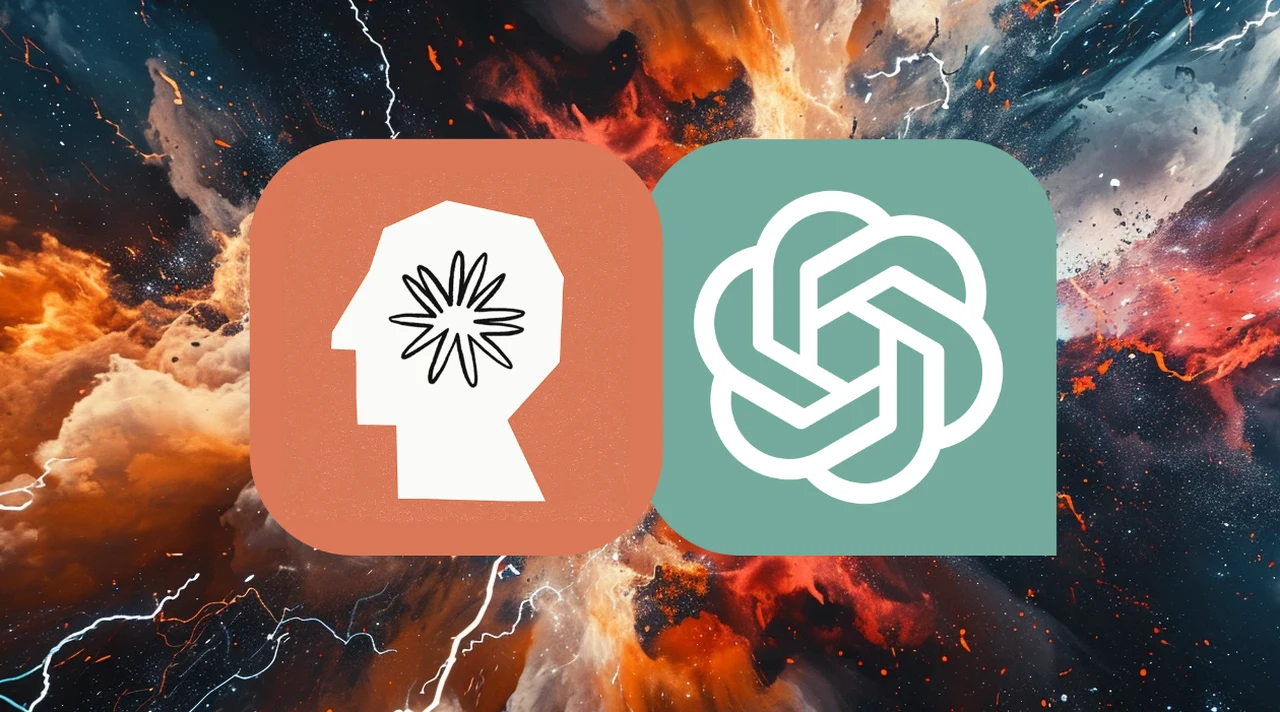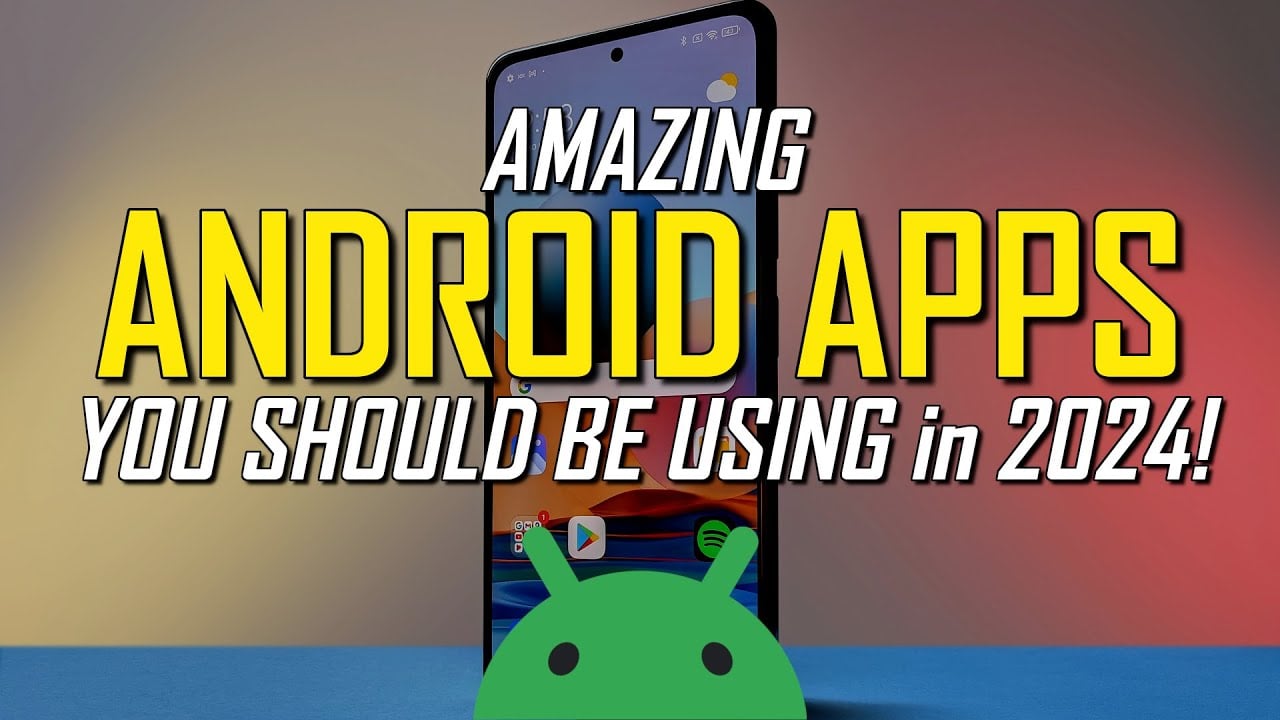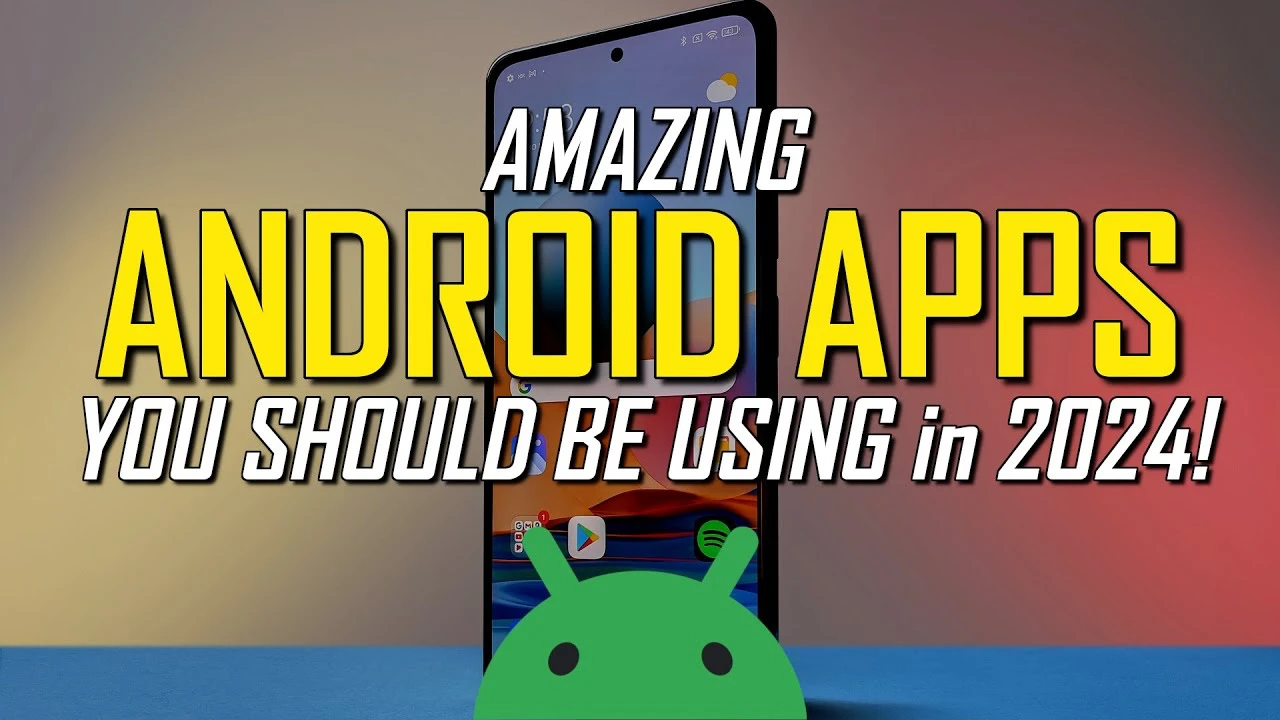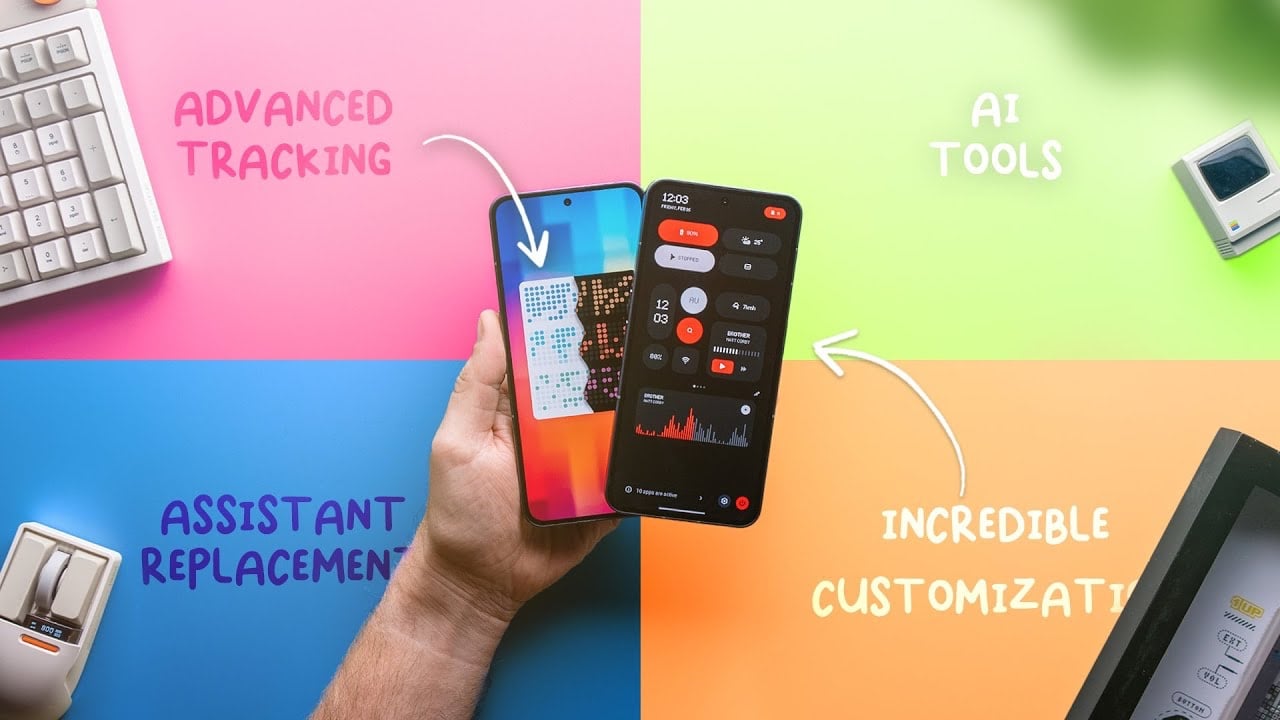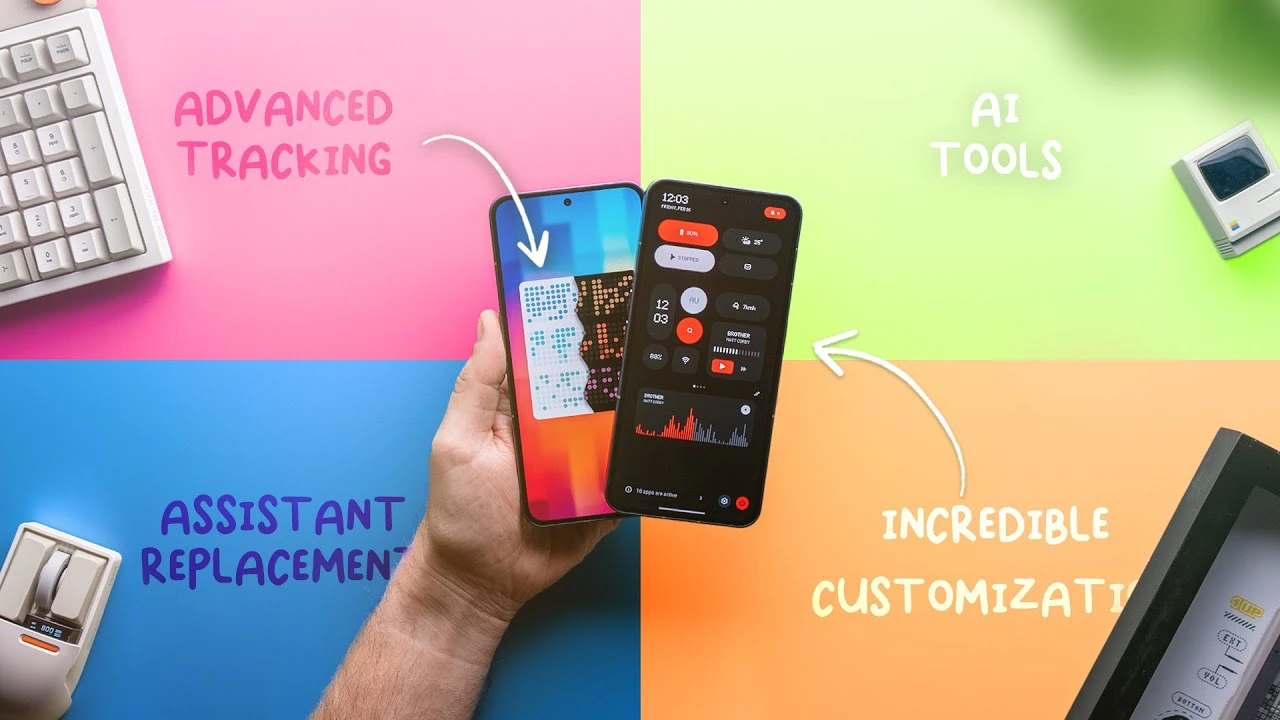[ad_1]
Este artículo contiene Spoilers Sobre la película “Kraven el Cazador”.
“Kraven el Cazador” Es el colmo para el universo Spider-Man de Sony, que parece ya estar muerto y desaparecido. Después de intentar construir un mundo extraño de villanos de Spider-Man que no son realmente malvados, y… También Madame Web por alguna razón. – Parece que el estudio se dio cuenta de que realmente no se puede crear un universo cinematográfico cuando las películas no conectan realmente y los personajes protagonizados no actúan como se supone que deben actuar.
Al menos el universo antes conocido como SPUMC no se apagará con fuerza, pero tampoco con un gemido, porque “Kraven the Hunter” es estúpido, muy estúpido y tampoco muy bueno, pero ciertamente entretenido. Como señaló nuestro crítico“La maldad de Kraven, junto con la extrema confianza del personaje principal, le da un cierto tipo de encanto caprichoso, que hace reír a todos. Kraven es una mala película, pero aún se puede tener un buen encanto. Tiempo.”
La película presenta no sólo al cazador titular Kraven, sino también a una gran cantidad de villanos de Spider-Man como el Camaleón, así como a un segundo Rinoceronte vivo, interpretado aquí por Alessandro Nivola. Conoces Reno, ¿verdad? ¿Un villano que se supone debe parecerse a un unicornio y ser algo rudo? Bueno, resulta que hacer una película de unicornios de acción real es más difícil que hacer que los espectadores crean que Superman puede volar, porque, por segunda vez, una película de unicornios de acción real apesta.
En “Kraven the Hunter”, el actor de “Jurassic Park III” interpreta a Rhino como un villano de Bond (e inadaptado, pero aún así) que sufre de una extraña afección cutánea que, cuando la mejora un médico superficial de Nueva York, le permite transformarse. Su piel se convierte en una armadura a prueba de balas que se parece un poco a la de un rinoceronte. Excepto que terminó pareciéndose a una versión extraña de Rocksteady de “Las Tortugas Ninja”. Su piel rocosa y escamosa se parece menos a un unicornio y más a The Thing de Marvel o como si hubiera padecido la enfermedad de escala de grises de “Juego de Tronos”. Sólo en la batalla final, de repente, de la frente de un hombre crece un cuerno gigante de la nada. En resumen, es raro y nada bueno.
Rhino merece algo mejor que esto
¿Por qué exactamente es tan difícil hacer que un unicornio luzca atractivo en la pantalla? No es que no hayamos visto antes a villanos cómicos más extraños cobrados vida. Después de todo, Marvel Cinematic Universe hizo de Groot un nombre familiar, y “The Suicide Squad” hizo que el Hombre de los Lunares se viera genial, y ¿quién puede olvidar eso? ¿Hombre animal, vegetal y de metal en “La Patrulla de la Muerte”? Hay pocos personajes que sean difíciles de imaginar luciendo tan bien como este tipo, ¡y aun así funcionó! Entonces, ¿por qué no tener un unicornio que parezca algo decente? Tradicionalmente, es sólo un tipo duro con un traje de unicornio a prueba de balas, ¿por qué es tan difícil trasladar eso a la pantalla?
Si la interpretación del personaje por parte de Nivola hubiera mantenido su extraña condición de la piel y hubiera usado un casco o algo con un cuerno, habría sido al menos un poco mejor. En este momento, sin embargo, se ve tan mal como cuando The Amazing Spider-Man 2 nos presentó a Paul Giamatti en un extraño robot que apenas se parece a un rinoceronte.
Es una pena que “Kraven the Hunter” no funcione, porque la película tiene mucho que ofrecer. Por ejemplo, esta es una de las pocas películas de Marvel (incluidos los títulos de MCU) que realmente parece que tiene lugar en un universo cómico lleno de personas con poderes. Además de Kraven y Rhino, también conocemos al Camaleón, el Alien y Calypso, y también escuchamos sobre El Chacal. En lugar de sentirse demasiado acolchado como “Spider-Man 3”, esto hace que la película parezca estar ambientada en un universo expansivo donde puedes encontrarte con un supervillano cada pocas cuadras, como cuando juegas un juego de “Spider-Man” y te encuentras constantemente con supervillanos. .
Sin embargo, ¿qué es un universo en expansión lleno de individuos con superpoderes si ni siquiera podemos entender adecuadamente a alguien tan simple como un unicornio? Tal vez sea hora de dejar morir este universo Sony de villanos sin Spider-Man y volver a intentarlo cuando los ejecutivos descubran cómo hacer un tipo con un traje de rinoceronte. No Parece que tiene que luchar contra las tortugas mutantes adolescentes que también son ninjas.
[ad_2]
Source Article Link







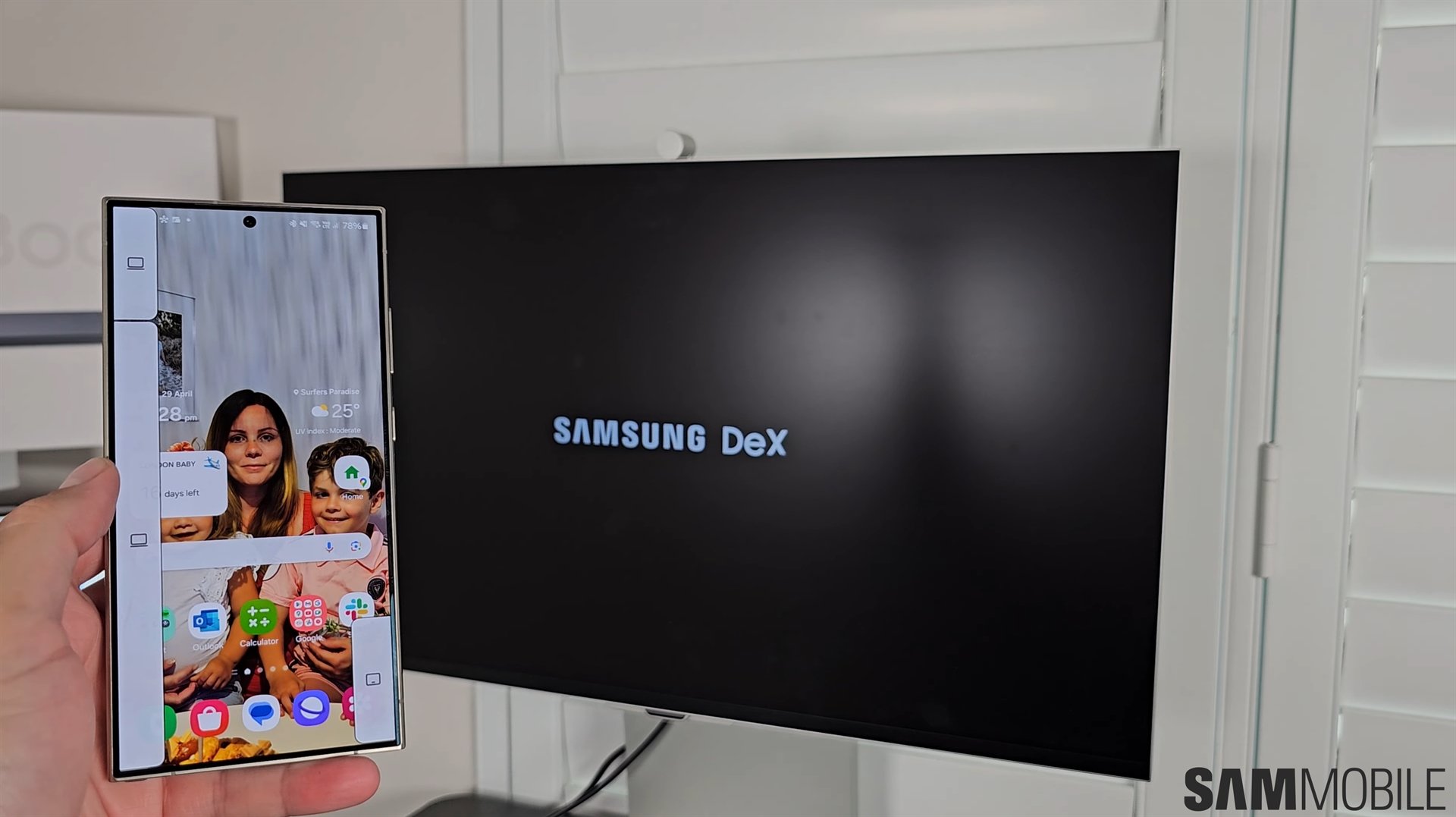



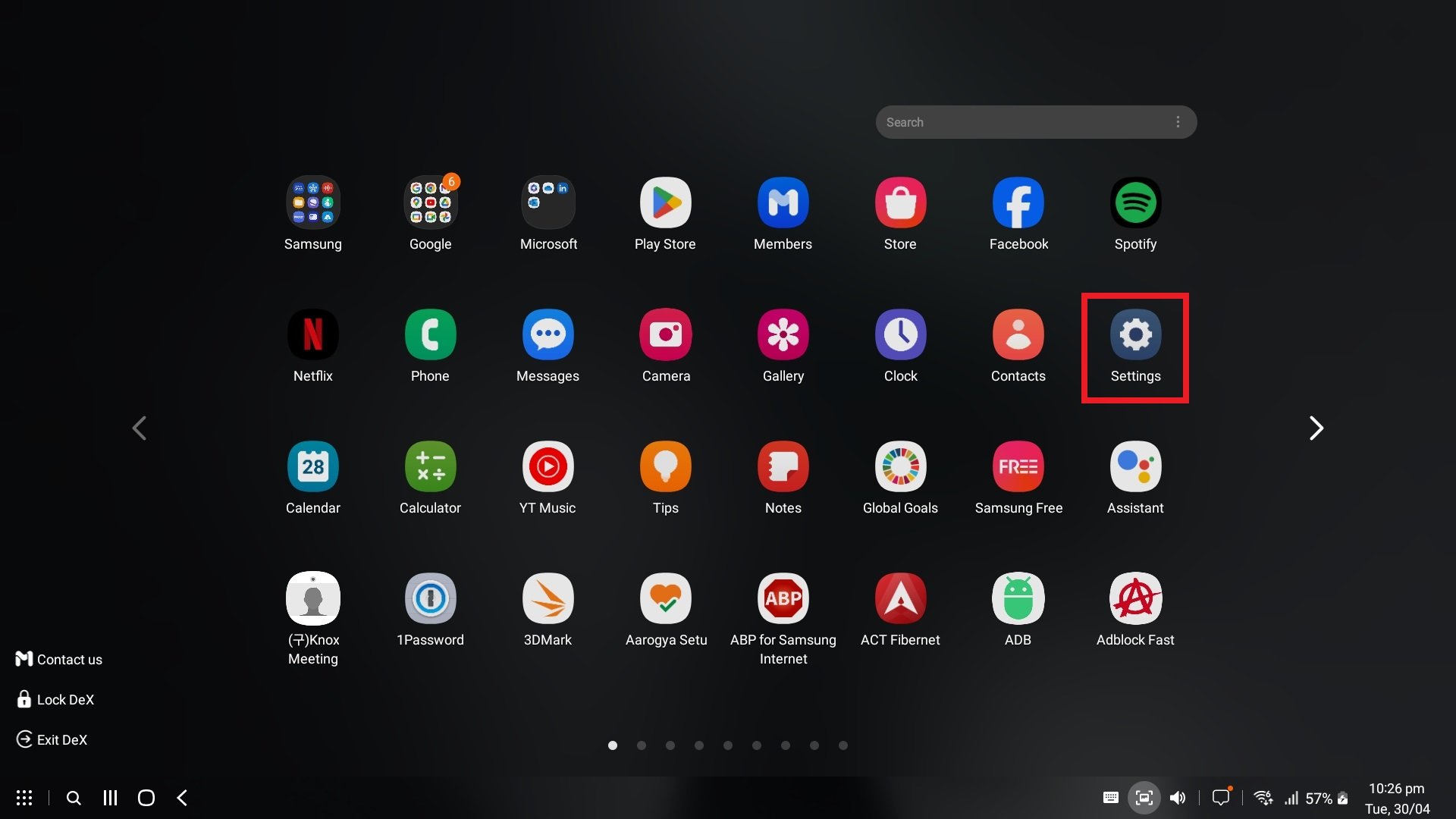




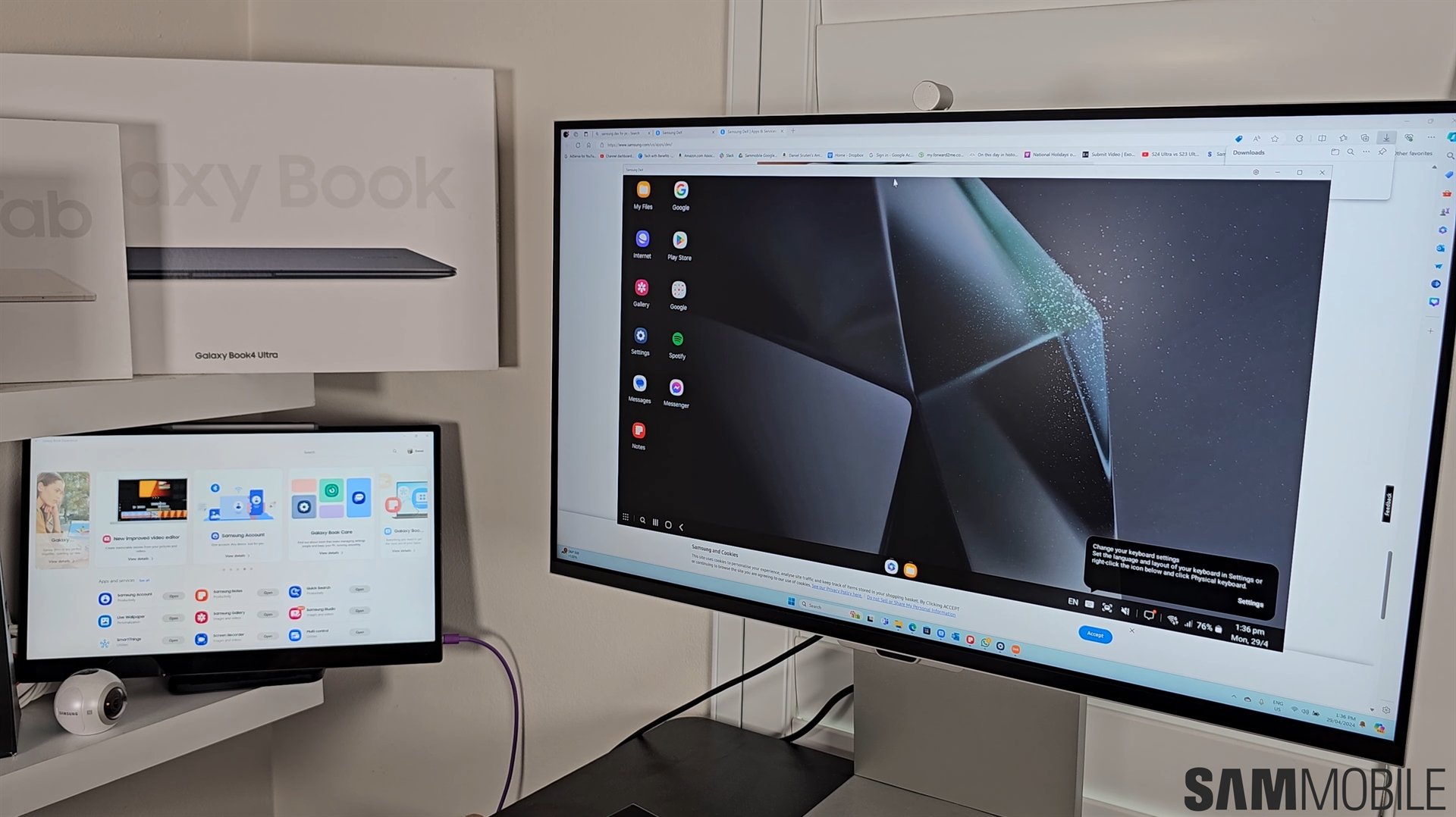



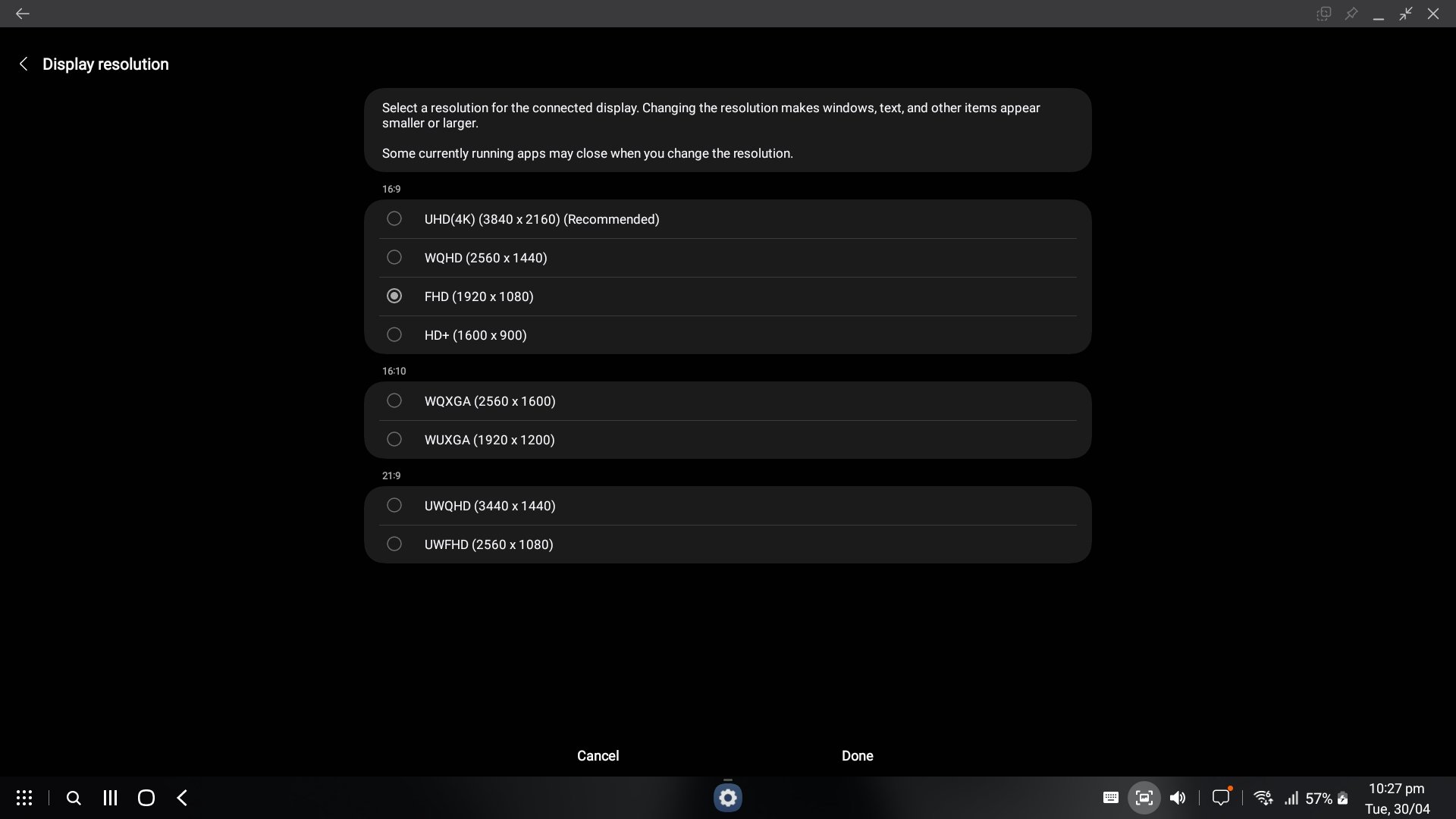


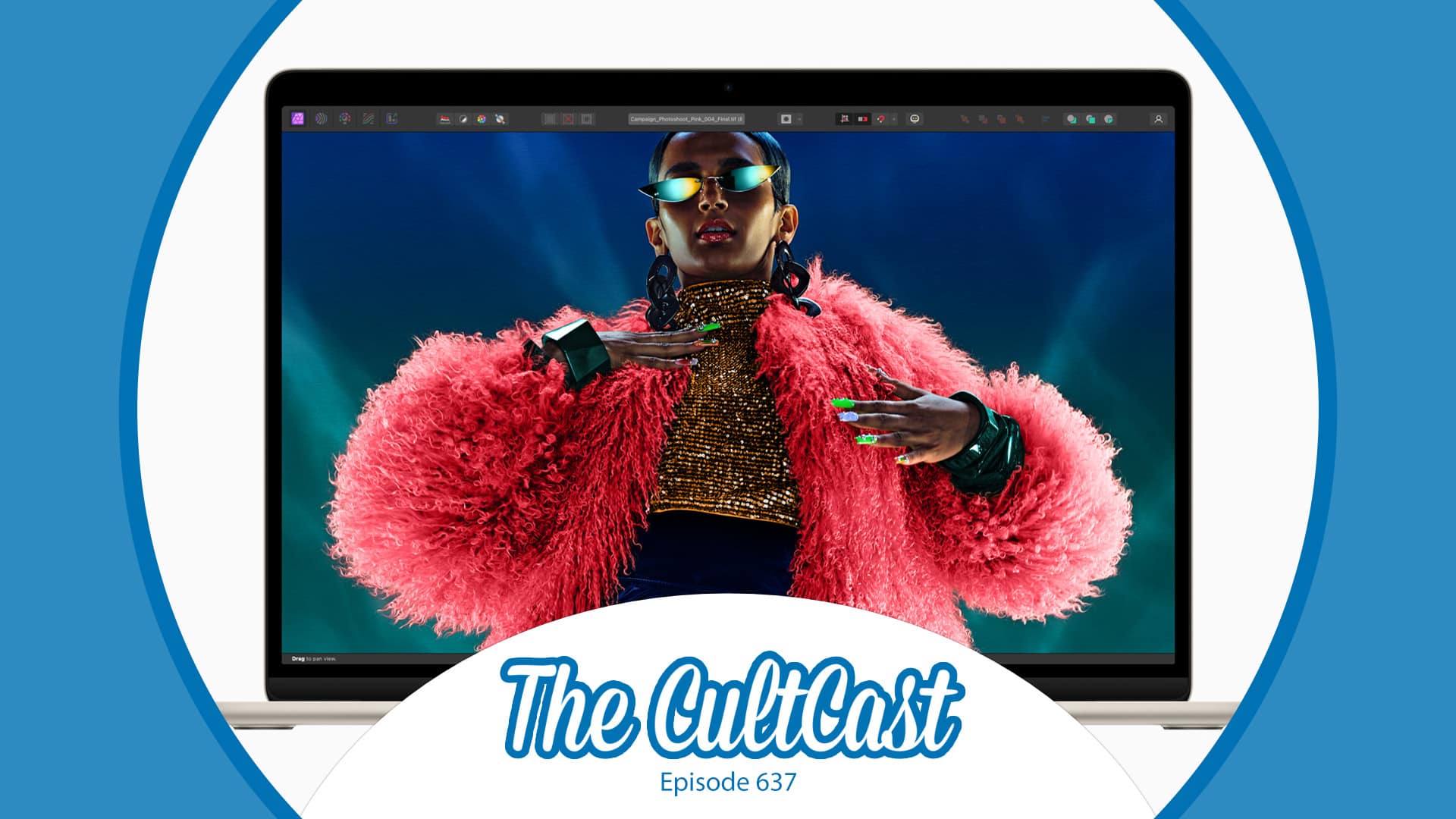
![M3 MacBook Air benchmarks sound amazing, but what’s next? [The CultCast] M3 MacBook Air promo image with The CultCast logo (episode 637).](https://timeswonderful.com/wp-content/uploads/2024/03/M3-MacBook-Air-specs-look-amazing-Whats-next-The-CultCast.jpg)
